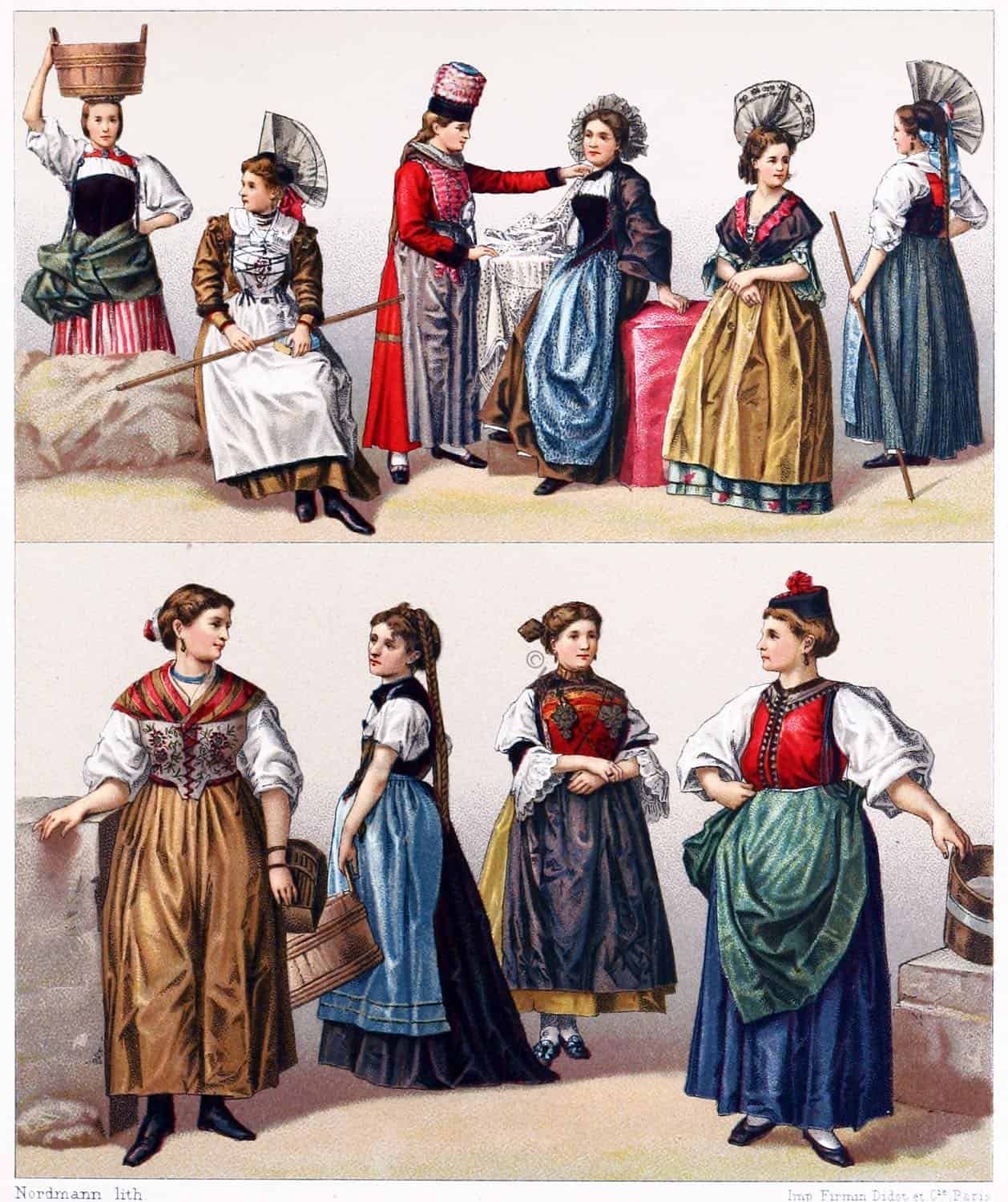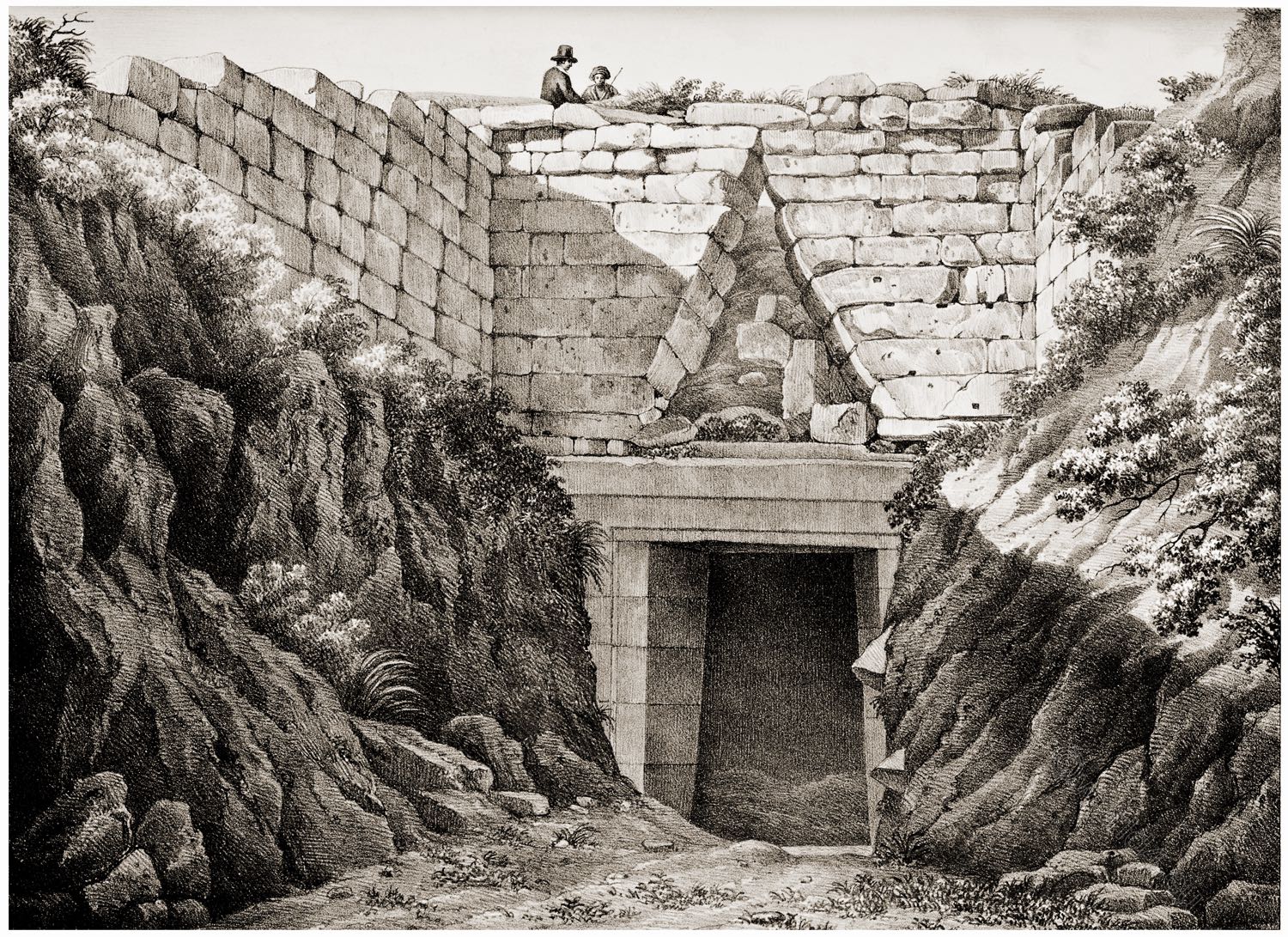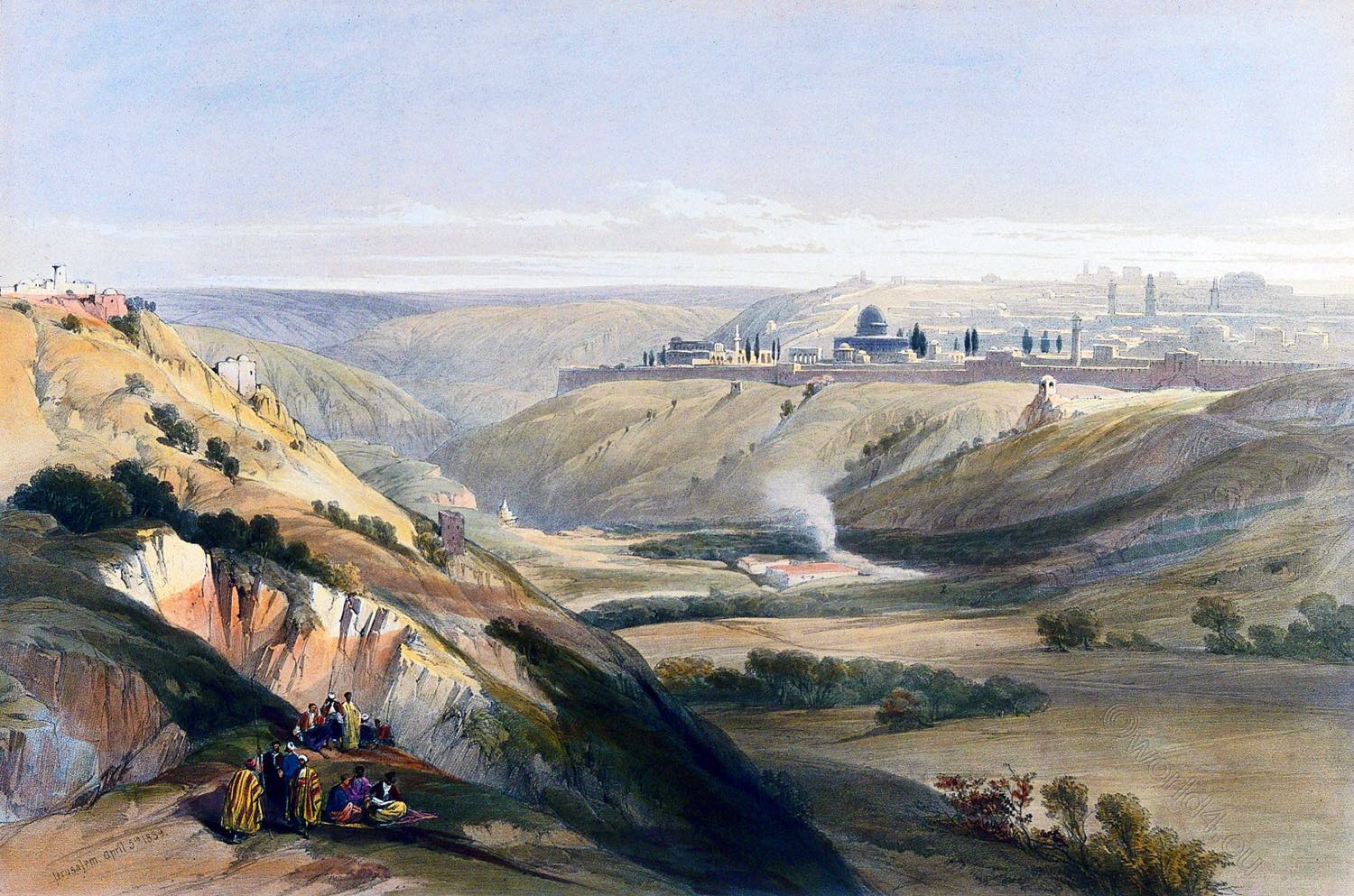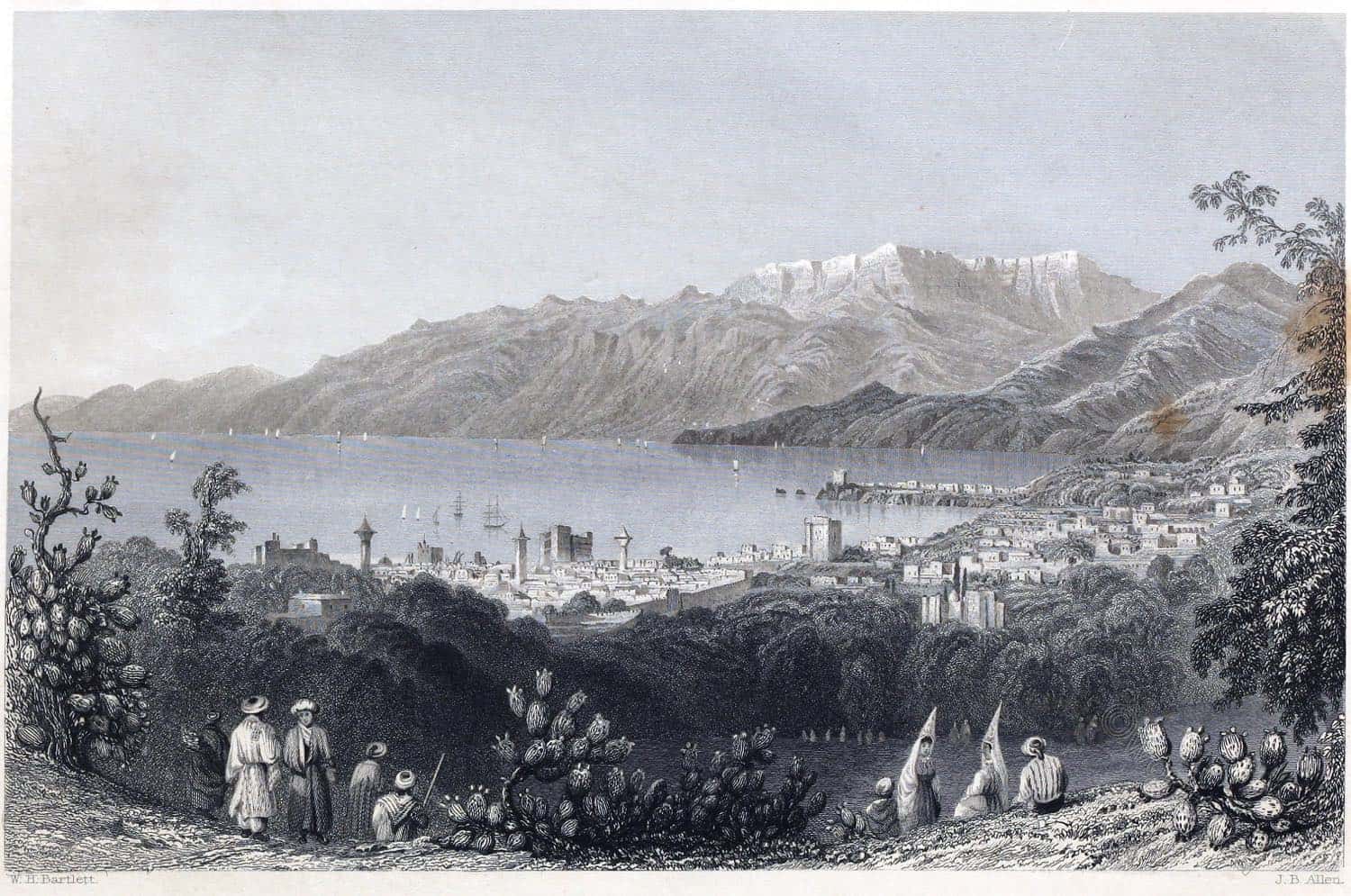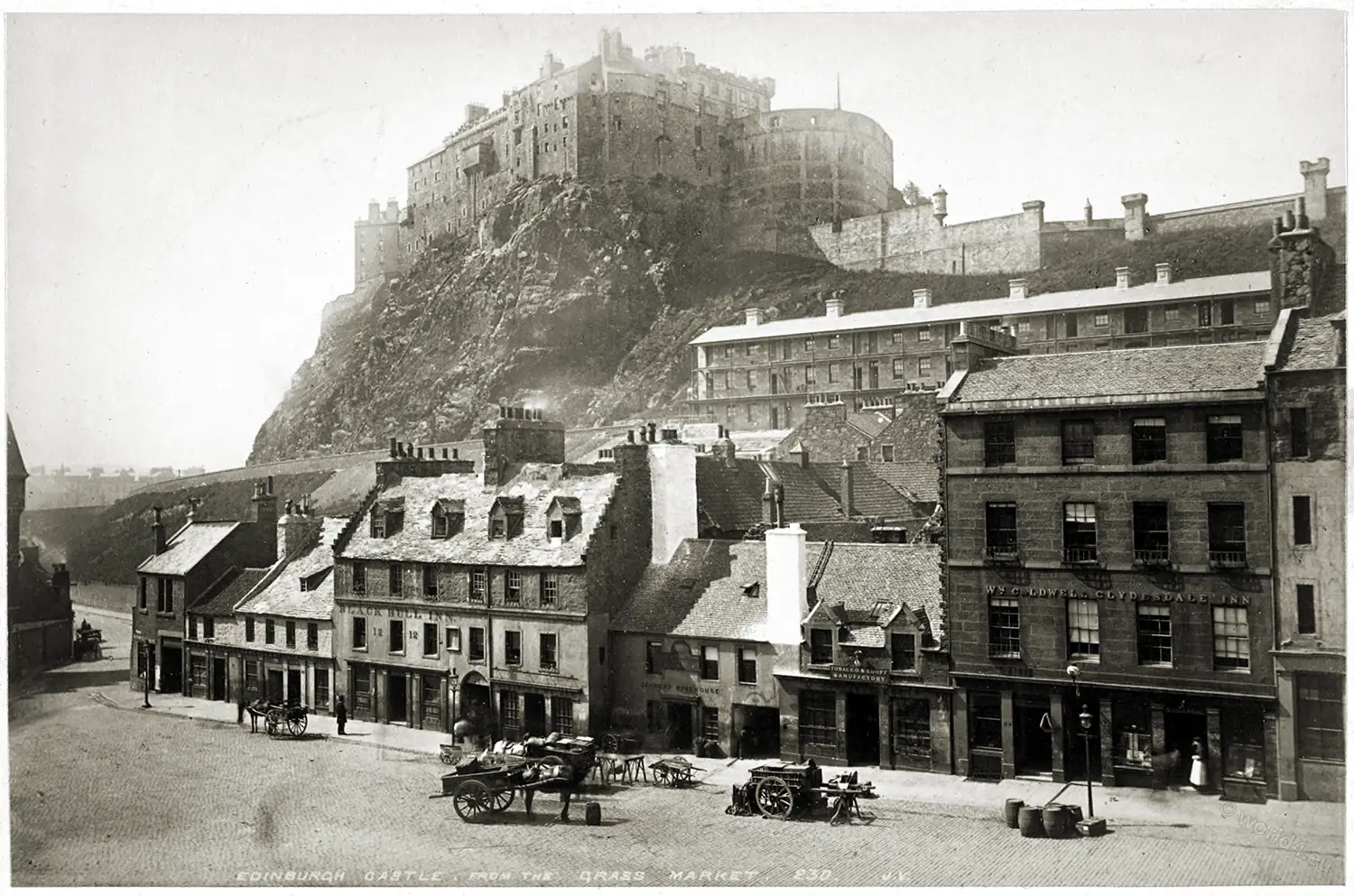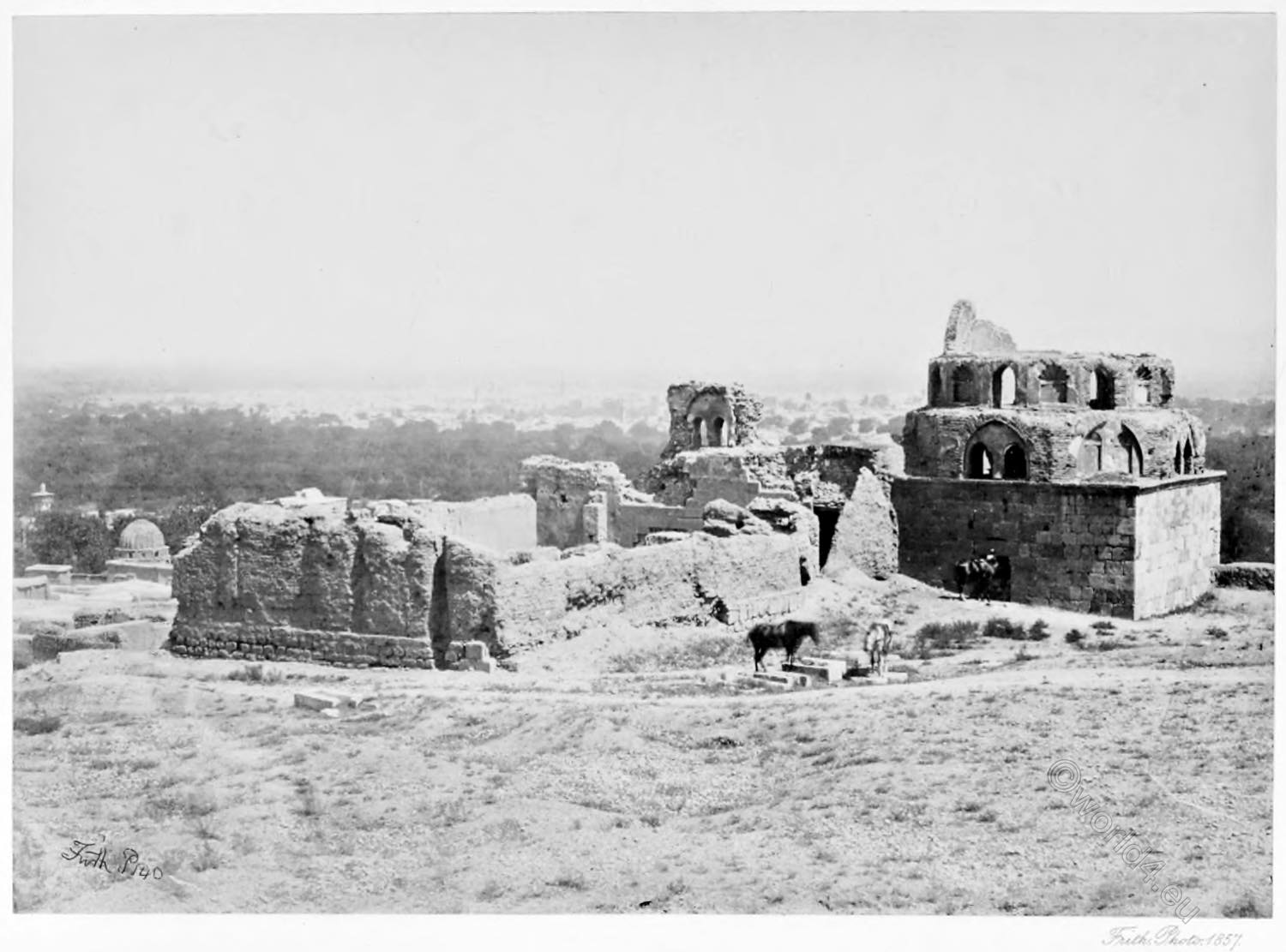
LE TROU PERDU, VIA MALA, SWITZERLAND.
Viamala or Via Mala (Rhaeto-Romanic “veia mala”, translated as “bad way”) refers to a formerly notorious, approximately eight-kilometre-long section of path along the Posterior Rhine between Thusis and Zillis-Reischen in the Swiss canton of Grisons (Graubünden).
IN the south-eastern part of Switzerland, on the high road from Coire to Chiavenna and between the villages of Thusis and Andeer, is the celebrated defile, which, from the difficulties it presented to those who would make their way along its precipitous sides, gained for itself in times remote the inauspicious name of “Via Mala,” or the Evil Way.
A glance at the accompanying illustration will give the reader a far better idea than any description, however graphic, can impart of the wild and magnificent scenery of the pass, and the character of its all but perpendicular cliffs and crags, relieved here and there with a scanty fringe of stunted pines and brushwood which have found foothold in the clefts and crevices of its inhospitable rocks. At the bottom of the gorge the Rhine, making its way northwards, chafes in its narrow bed, a stream of foaming water apparently of little more than a cable’s thickness. The length of the defile is about three miles and a half, while the precipices that form its sides tower upwards in parts, at least, 1600 feet above the river at their feet, and are in some places-notably, at the entrance near Thusis – not more than thirty feet apart.
Going southward from Thusis to Zillis, the ascent of the Via Mala commences about a quarter of a mile from the former, and here, at the, very entrance to the gorge, the cliffs are so steep that there is scarcely a ledge from top to bottom on which a goat could stand. So deep was the rift here, and so precipitous, that no one dared attemptto clamber along its sides, and at last the people of the neighboring villages came to speak of it as “Le Trou Perdu,” or The Lost Gulf.
Those who would journey from Thusis to Andeer and Splügen were compelled to make a détour through the valley of the Nolla, and reach Zillis by crossing the shoulder of Piz Beverin. Later on, the way was shortened somewhat by a road which crossed the mountains to the hamlet of Rongella, and then took its course along the less inaccessible portion of the defile; but, at last, when the eighteenth century was drawing towards its close, the engineer Pocobelli was entrusted with the task of making a new road, and he conceived the idea of cutting a way out of the solid rock, spanning, when necessary, the chasms that broke the continuity of the route by substantial bridges. His first care was to drive a tunnel through the spur or buttress of rock which flanks one side of the Trou Perdu, and which is approached by the short bridge-like structure shown in the foreground of the illustration.
This tunnel is seventy-two yards long, and gives access to a roadway which for more than 333 yards is literally a groove scooped out along the mountain side, arched over with hanging rocks above, and guarded on the open side by a low but substantial wall. The rest of the road is constructed for the most part in a similar manner, and passes over three fine bridges, of which the middle one is roofed in to protect the traveller from stones and debris that might fall from the cliffs that overhang it. When the third bridge is passed the open country is reached and the grandeur of the scenery of the Via Mala finds an agreeable contrast in the well-watered meadows of the green valley of Schams.
F. Y.
Source: Treasure spots of the world: a selection of the chief beauties and wonders of nature and art by Walter Bentley Woodbury (1834-1885); Francis Clement Naish. London: Ward, Lock, and Tyler, Paternoster Row, 1875.
Continuing

